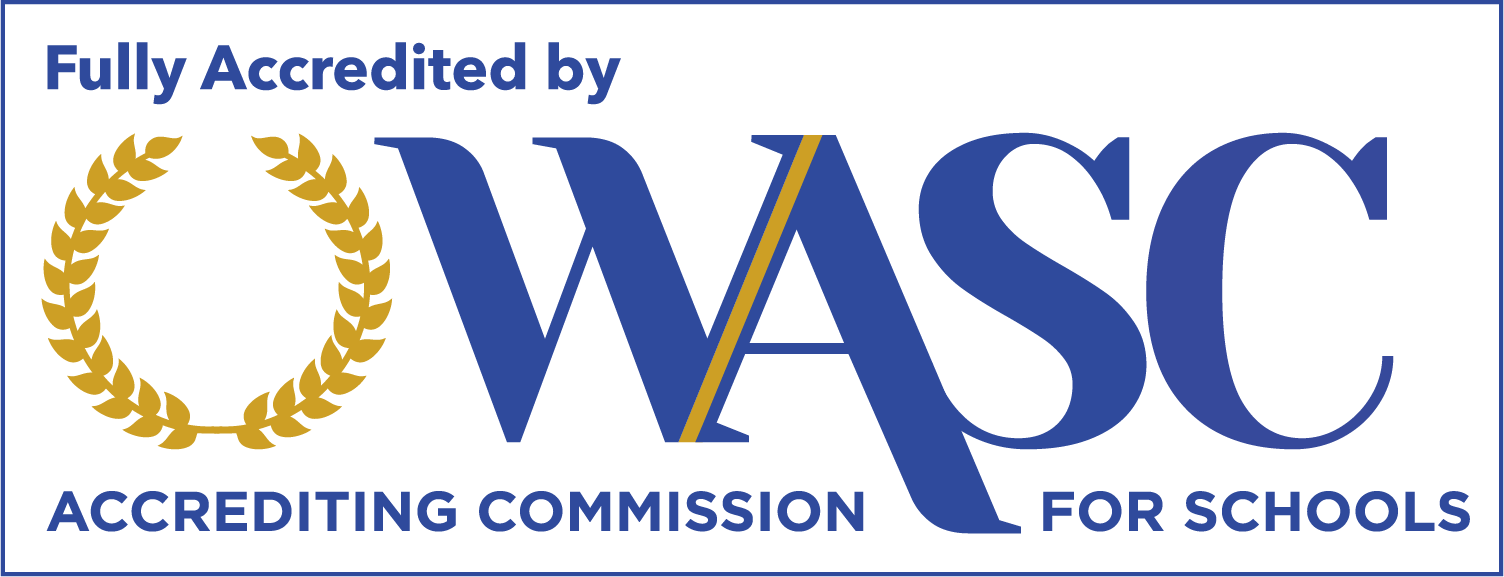How Structured Literacy Components Redefine Reading for Dyslexic Students
For students with dyslexia, dysgraphia, and other learning differences, the traditional approach to literacy instruction often falls short. Structured Literacy offers a lifeline, providing tailored support and strategies that empower these learners to thrive. Let’s break down the key elements of Structured Literacy and discover why this approach revolutionizes reading instruction for learners of all abilities.
Understanding What Makes Structured Literacy Effective
Let’s explore its core principles and practices to understand why Structured Literacy is genuinely transformative. This approach, backed by decades of scientific research on how the brain learns to read and write, is far more than a collection of techniques—it’s a holistic philosophy that addresses the intricate process of literacy acquisition, as highlighted by the International Dyslexia Association.
The Power of Personalization
One of the key strengths of Structured Literacy is its adaptability. Unlike traditional methods, it recognizes that every child is unique and learns differently, especially with dyslexia or other language-based challenges. Structured Literacy is designed to be personalized, tailoring instruction to your child’s specific learning style and needs.
Essential Elements for Literacy Development
Exploring the core components of Structured Literacy (phonemic awareness, phonics, fluency, vocabulary, and comprehension) will reveal the keys to its success. You’ll discover how these skills work together to form a strong foundation for reading and writing and why explicit instruction in each area is crucial for children who face challenges with literacy.
By understanding the building blocks of Structured Literacy, you can effectively partner with a specialized private school like READ Academy to create a personalized learning plan for your child, finally allowing them to discover the joy of reading.
Structured Literacy’s Approach
Structured Literacy doesn’t just focus on the mechanics of reading and writing—it nurtures a love of language by developing a comprehensive set of skills. Through explicit instruction and engaging activities, your child will strengthen their vocabulary, improve their reading fluency, deepen comprehension, and enhance their written expression.
How Parents Can Use Structured Literacy Tools for At-Home Support
Structured Literacy doesn’t have to be for the classroom only. It’s a treasure trove of research-backed strategies you can easily incorporate into your daily routines at home. By familiarizing yourself with these tools, you can actively participate in your child’s literacy development. The additional support can help your child’s progress and confidence at school.
There are rhyming games, such as sound blending exercises and even clapping out syllables, which are fun and effective ways to build your child’s phonemic awareness—the foundation for reading mastery. Then, you can dive into phonics by reinforcing letter-sound relationships with flashcards, interactive apps, or engaging reading games. Focus on clear pronunciation and blending sounds to form words, providing a solid framework for decoding.
As your child progresses, encourage them to read aloud regularly. Offer gentle feedback and model fluent reading, demonstrating proper pacing and expression. But don’t stop there! Expand your child’s vocabulary by discussing new words encountered in everyday life, creating a vibrant word wall at home, or playing vocabulary games together. Make learning fun and interactive, and watch as their vocabulary blossoms.
By actively participating in your child’s literacy development through these simple yet powerful strategies, you’re not just teaching them to read—you’re nurturing a lifelong love of language.
The Importance of Systematic Instruction
Systematic instruction lies at the heart of structured literacy, ensuring students receive explicit, cumulative, and sequential teaching across essential reading domains. Following a carefully designed scope and sequence can help your students build a strong foundation in phonemic awareness, phonics, fluency, vocabulary, and comprehension.
Systematic instruction also allows for ongoing assessment and targeted support, enabling you to monitor progress in the classroom and provide timely interventions when needed. The following table illustrates the key components of systematic instruction in structured literacy:
| Component | Description |
|---|---|
| Explicit Instruction | Direct, clear, and unambiguous teaching of skills and concepts |
| Cumulative Progression | Building upon previously learned skills and knowledge |
| Sequential Presentation | Introducing skills and concepts in a logical, research-based order |
| Ongoing Assessment | Regular monitoring of student progress to inform instruction |
| Targeted Support | Providing additional instruction and practice as needed |
By embracing systematic instruction, we create a structured and supportive learning environment that promotes reading success for all students, including those with dyslexia and other reading difficulties.
Balancing Explicit Teaching With Student Engagement
It is crucial to strike a balance between explicit teaching and student engagement. While direct instruction is essential for conveying critical skills and concepts, creating opportunities for active student participation and hands-on learning experiences is equally important.
By incorporating multisensory activities, collaborative tasks, and authentic reading materials, we foster a dynamic learning environment that captures students’ interests and motivates them to engage deeply with the content. The following table highlights strategies for balancing explicit teaching with student engagement:
| Strategy | Description |
|---|---|
| Multisensory Activities | Incorporating visual, auditory, and kinesthetic elements to reinforce learning |
| Collaborative Tasks | Encouraging student interaction and peer support through group work and discussions |
| Authentic Reading Materials | Using engaging, age-appropriate texts that align with students’ interests and experiences |
| Guided Practice | Providing structured opportunities for students to apply new skills with teacher support |
| Independent Practice | Allowing students to demonstrate mastery and build confidence through self-directed tasks |
By combining explicit instruction with engaging student activities, we craft a structured literacy program that instills essential skills while igniting a passion for reading and learning. This balanced approach allows students to take charge of their education and develop the skills needed for lasting reading success.
The Role of Phonemic Awareness in Structured Literacy
The ability to hear, identify, and manipulate individual sounds (phonemes) in spoken words is the foundation for reading skills. This fundamental skill is a cornerstone of structured literacy and is crucial in developing strong readers.
Just as a house cannot be built without bricks, reading cannot be mastered without a solid understanding of phonemes. Children with strong phonemic awareness can easily break down words into their individual sounds, essential for decoding (reading) and encoding (spelling).
By understanding the importance of phonemic awareness and implementing effective teaching strategies, you can equip your child with the tools to crack the code of written language. A landmark report by the National Reading Panel proved that phonemic awareness is one of the strongest predictors of later reading achievement.
Strategies for Teaching Phonemic Skills
To effectively teach phonemic awareness skills, we must incorporate various engaging, multisensory activities that allow students to manipulate and play with the sounds of language actively. Some powerful strategies include:
- Sound isolation: Identifying individual sounds in words
- Sound blending: Combining individual sounds to form words
- Sound segmentation: Breaking words into their component sounds
- Sound substitution: Replacing one sound with another to create new words
- Rhyming: Recognizing and producing words with similar ending sounds
These strategies provide a clear path for developing phonemic awareness, beginning with explicit instruction and progressing to independent practice. As students master these skills, they apply their newfound knowledge to real-world reading tasks, nurturing reading fluency and self-assurance.
Connecting Sounds to Letters
As students develop their phonemic awareness skills, bridging the gap between sounds and letters is essential. By explicitly teaching the connections between phonemes and graphemes, students learn to decode unfamiliar words and encode their thoughts in writing.
We introduce the sound-symbol correspondences systematically, following a logical sequence that aligns with the structure of the English language. The following table outlines a sample progression for connecting sounds to letters:
| Stage | Focus | Example |
|---|---|---|
| 1 | Single consonants and short vowels | m, s, a, t |
| 2 | Consonant blends and digraphs | bl, ch, sh |
| 3 | Long vowels and silent-e | a_e, i_e, o_e |
| 4 | Vowel teams and diphthongs | ai, oa, ow |
| 5 | R-controlled vowels and variant correspondences | ar, or, ough |
As your child progresses through this sequence, you can actively support their learning by creating opportunities for practice and play at home.
Example: Engage them in activities that solidify the connection between sounds and letters, such as building words with letter tiles, matching sounds to pictures, or reading together with guidance.
The Art of Decoding in Reading
Phonics instruction is crucial for children learning to read, especially those with dyslexia or other reading challenges. This component of Structured Literacy explicitly teaches the relationship between letters and sounds, teaching children to decode words and comprehend text. With this essential skill, your child can confidently explore the vast world of written language, opening up their curiosity and imagination.
The Importance of Individualized Phonics Instruction
Each child is unique, especially when it comes to learning phonics. Structured Literacy recognizes this individuality and champions a personalized approach that tailors instruction to your child’s unique strengths and areas for growth.
By carefully assessing your child’s current phonics skills, you and their educators can pinpoint areas where they excel and those that require additional support. This might involve using diagnostic tools like informal reading assessments or phonics inventories to create a detailed picture of their learning profile.
With this information, a targeted learning plan can be crafted to address your child’s specific needs. Your child may need more practice with certain letter-sound combinations or benefit from engaging, multi-sensory activities to reinforce phonics concepts. A tailored approach ensures that your child isn’t overwhelmed or left behind but receives the appropriate challenge and support.
Individualized phonics instruction maximizes your child’s learning potential and sets the stage for lasting reading success.
Assessing and Monitoring Progress in Fluency
Regular assessment and progress monitoring are essential as you guide your child along the path to fluency. The following table outlines critical assessment strategies and their purposes:
| Assessment Strategy | Purpose |
|---|---|
| Running Records | Monitor accuracy and self-correction rates |
| Timed Readings | Measure automaticity and words correct per minute |
| Fluency Rubrics | Evaluate prosody, including phrasing and expression |
The data gathered from these assessments informs instructional decisions and provides targeted intervention. We regularly share progress with students and families, celebrating successes and collaboratively setting goals for continued growth in fluency.
Teaching Students to Become Strategic Readers
True literacy transcends basic decoding, encompassing the ability to engage with text on a deeper level, analyze information critically, and connect with ideas meaningfully. We must cultivate strategic reading skills beyond the basics to prepare our children for a lifetime of learning and critical thinking.
These skills are developed through a repertoire of comprehension strategies, such as making predictions, asking questions, creating mental images, and summarizing key ideas. By explicitly teaching and modeling these techniques; children learn to derive meaning from text. However, they also need ample opportunities for guided practice, gradually taking on more responsibility as their confidence and independence grow.
Strategic reading also cultivates metacognition, the ability to monitor and assess one’s understanding. This self-awareness equips children with “fix-up” strategies to address challenges and adapt their reading approach as needed, enabling them to conquer even the most complex texts.
The impact of these proficiencies reaches all areas of life. Children with solid reading comprehension are better equipped to understand the world around them, solve problems, and make informed decisions. These skills are fundamental for success in all aspects of life, from academic achievement to fulfilling careers.
Empowering Your Child’s Literacy Journey
At READ Academy, we are more than just educators. We are partners in your child’s literacy development. Our team of experienced professionals is committed to creating a supportive and enriching environment where every child can flourish.
If your child is struggling with reading or you’re seeking to enhance their literacy skills, contact READ Academy today. Let’s work together to help your child reach their full potential and cultivate a lifelong love of reading.




